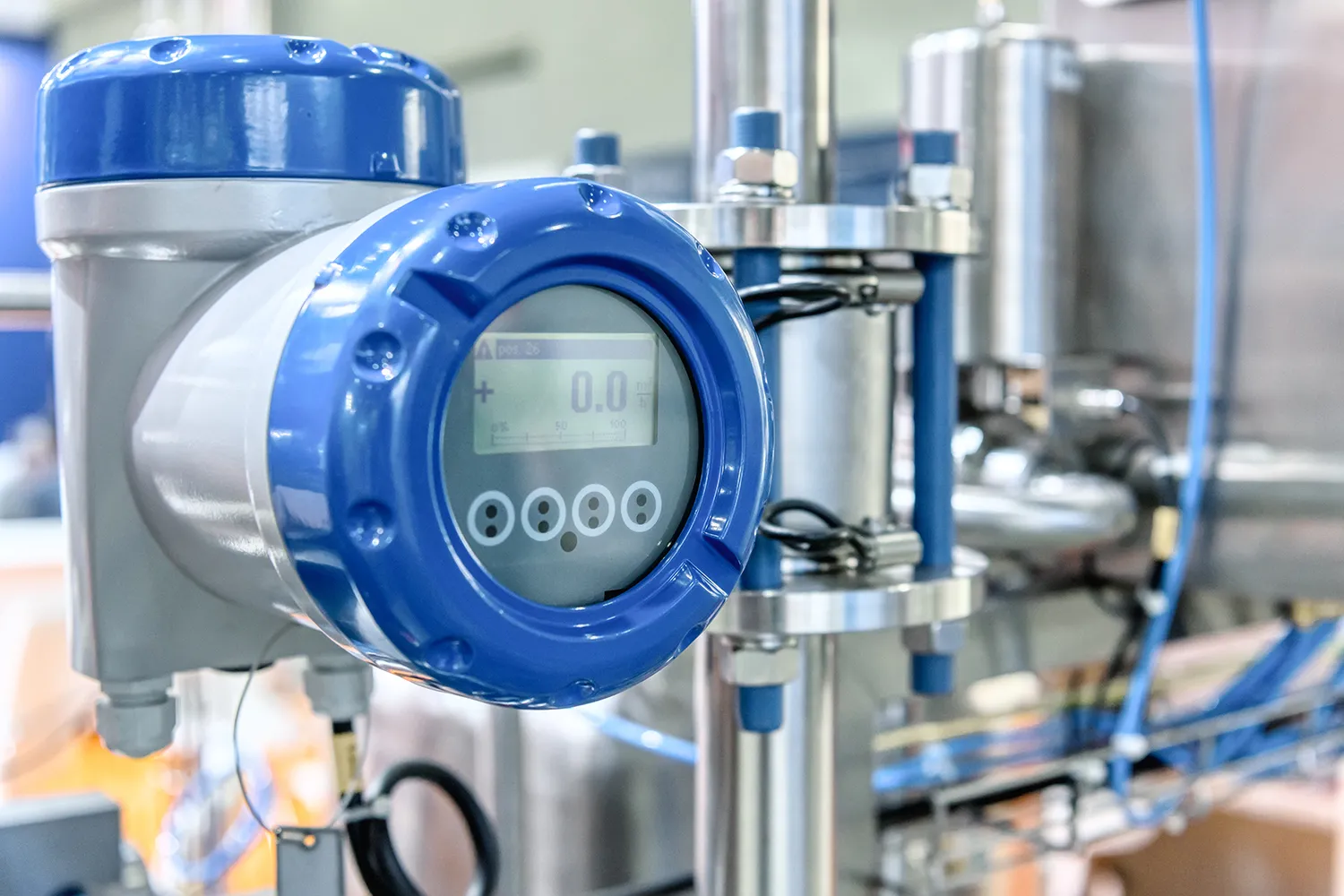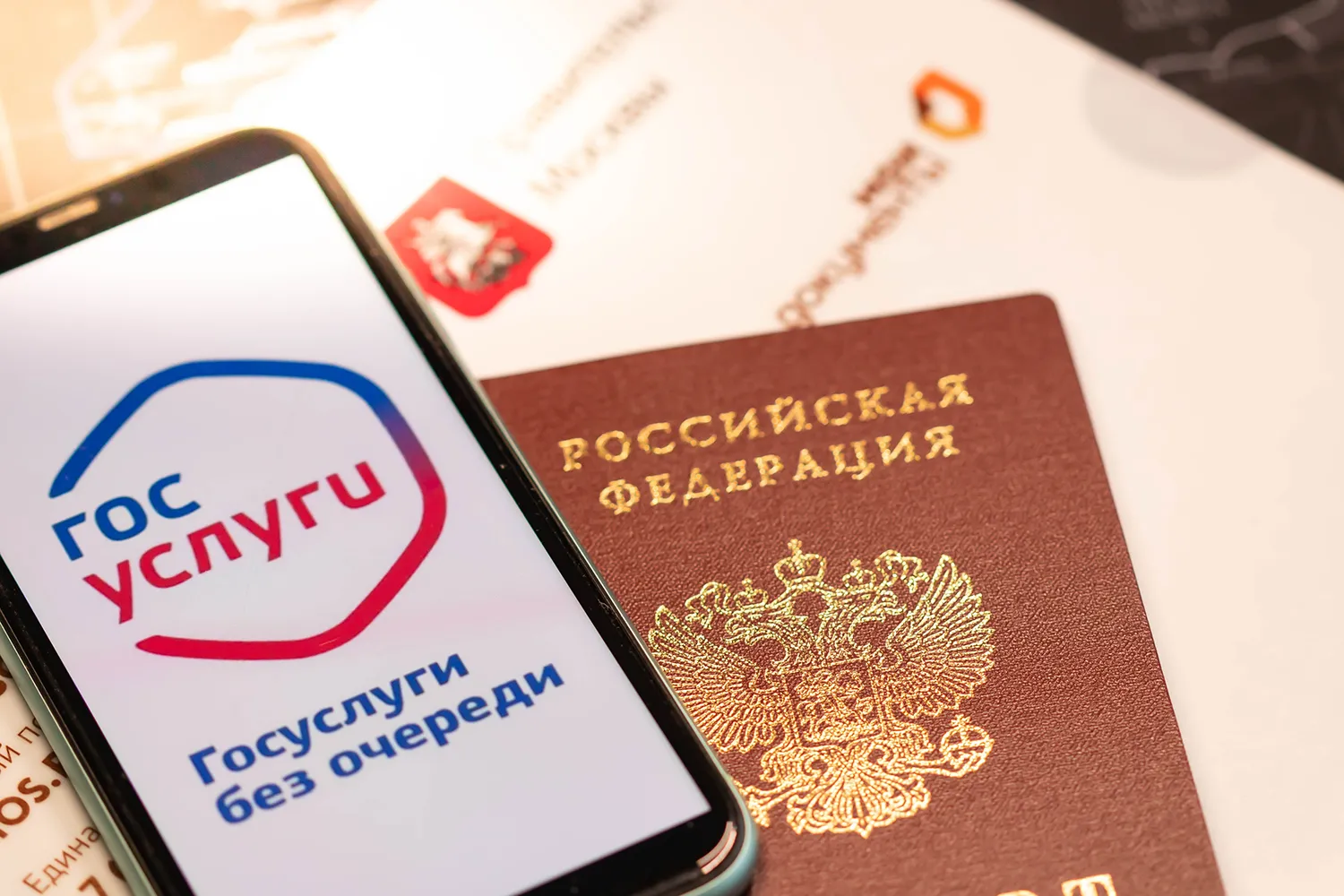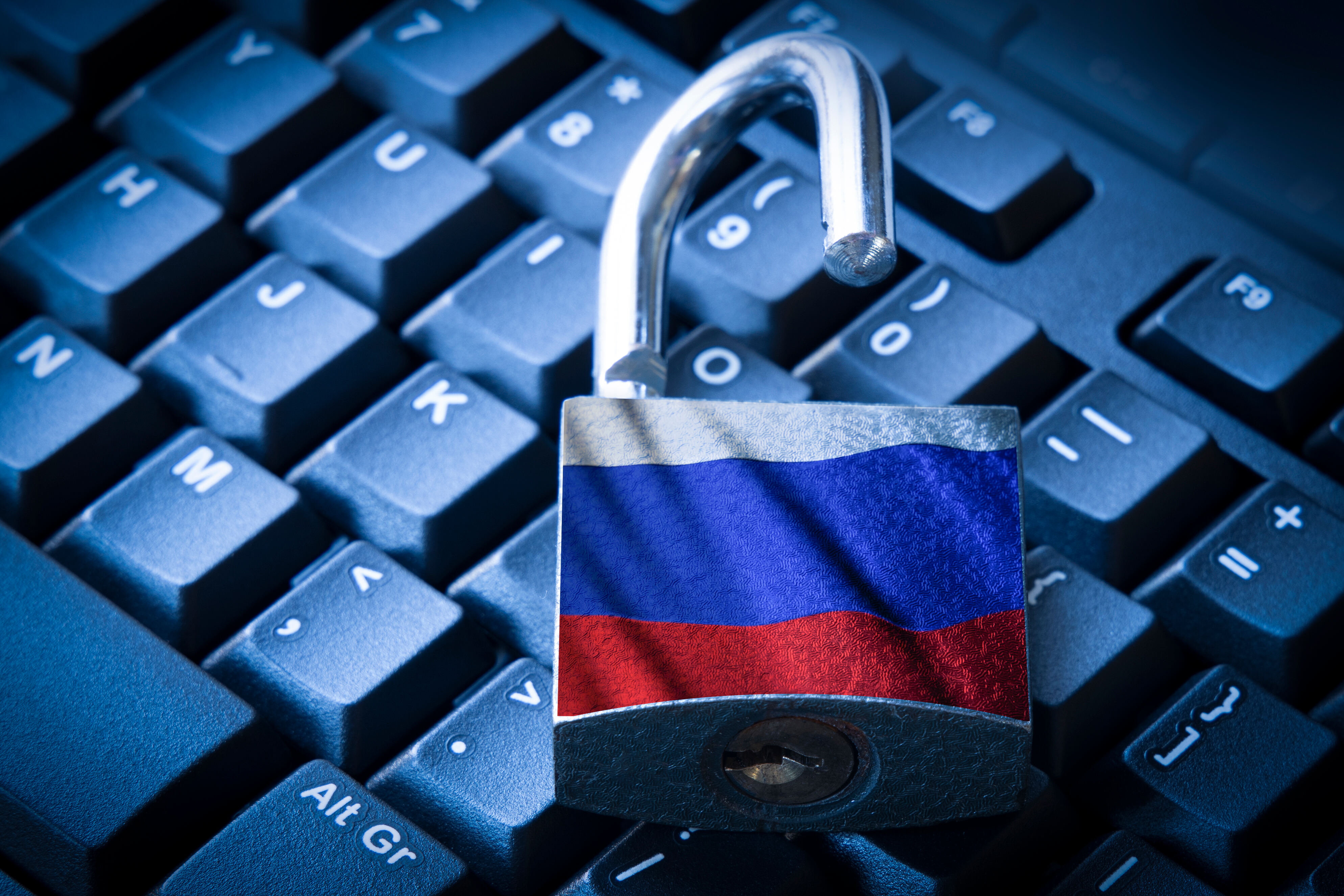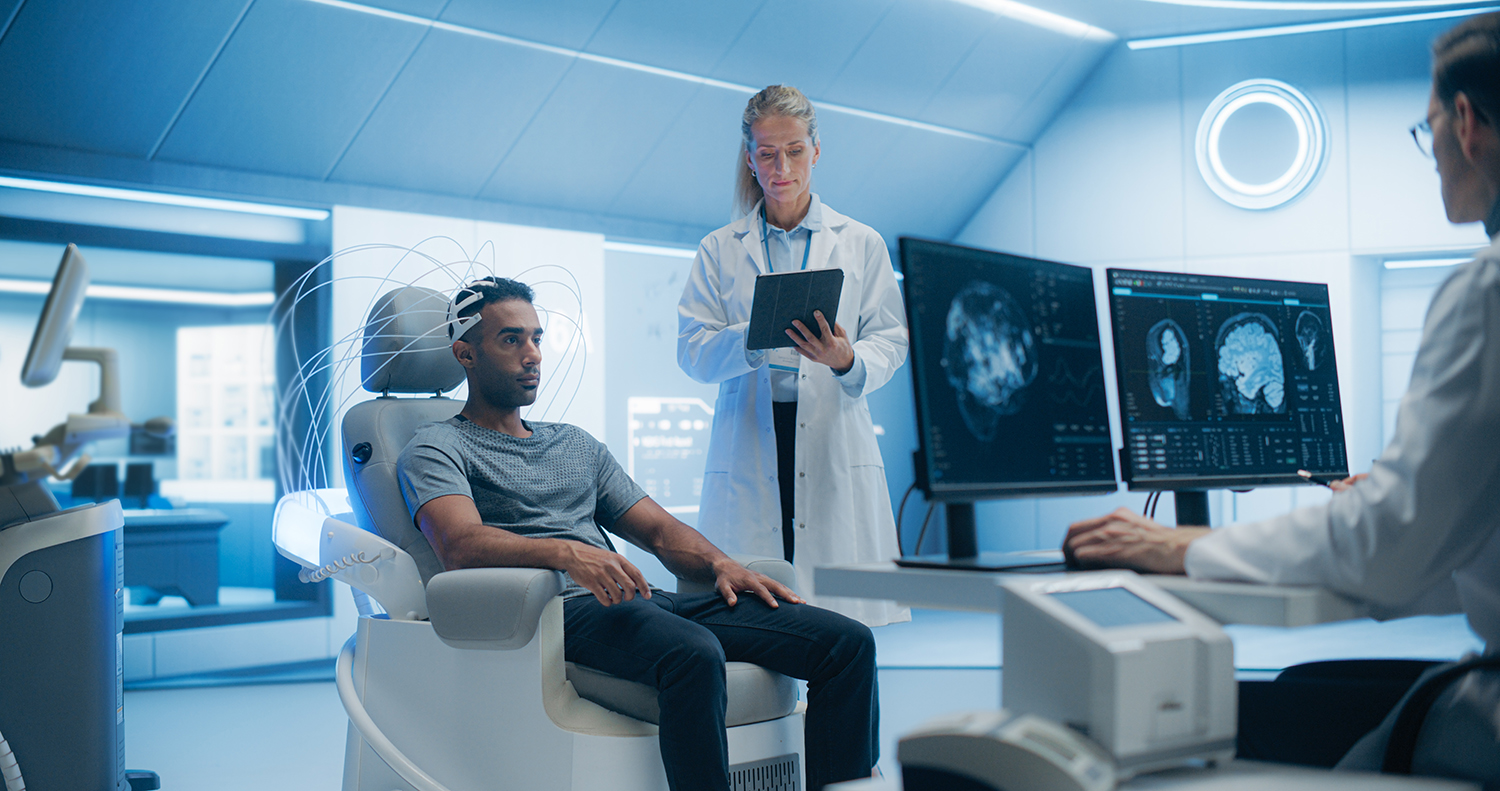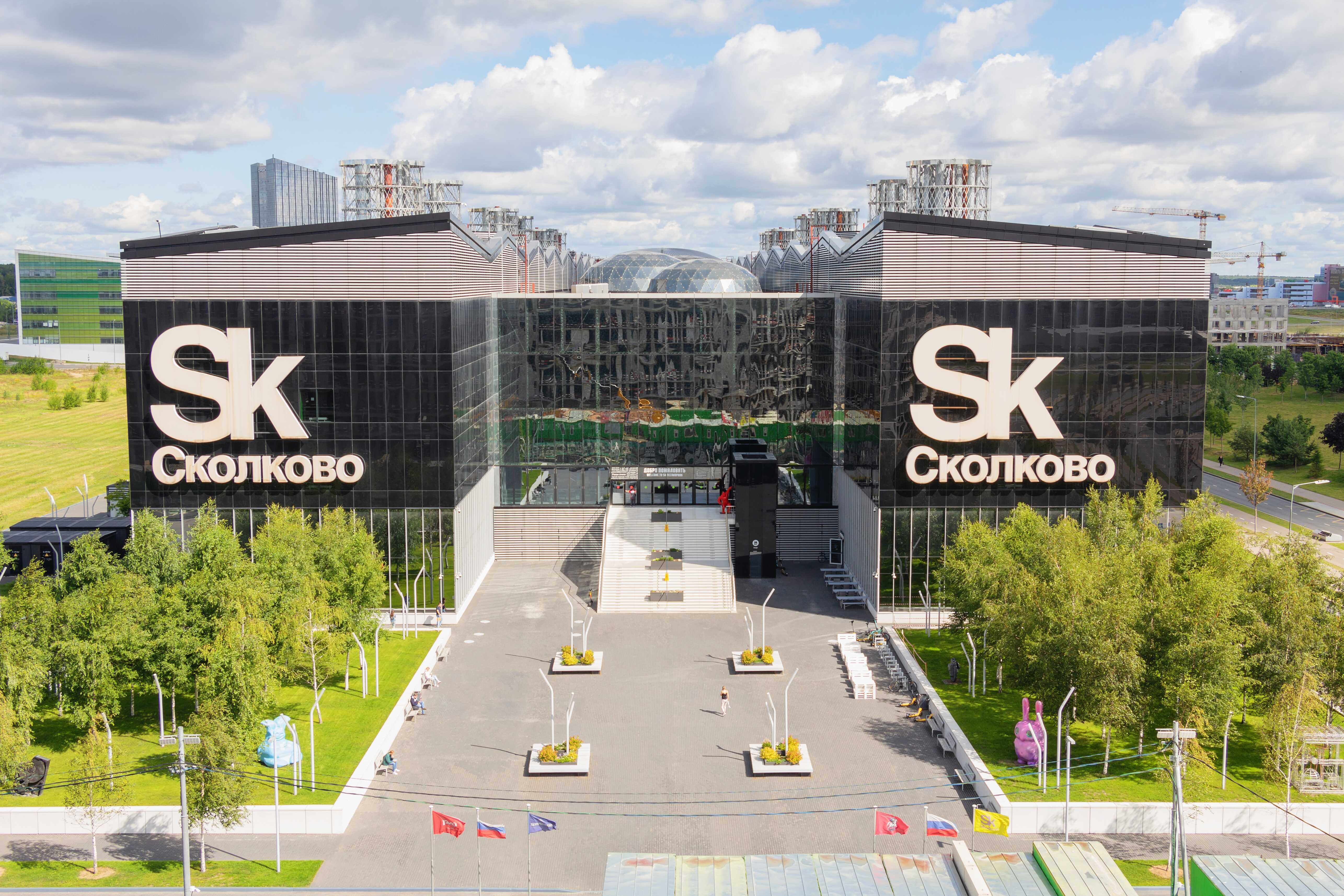Nuclear Medicine Goes Global: How Rosatom Is Turning Radiation Technology into a Global MedTech Export
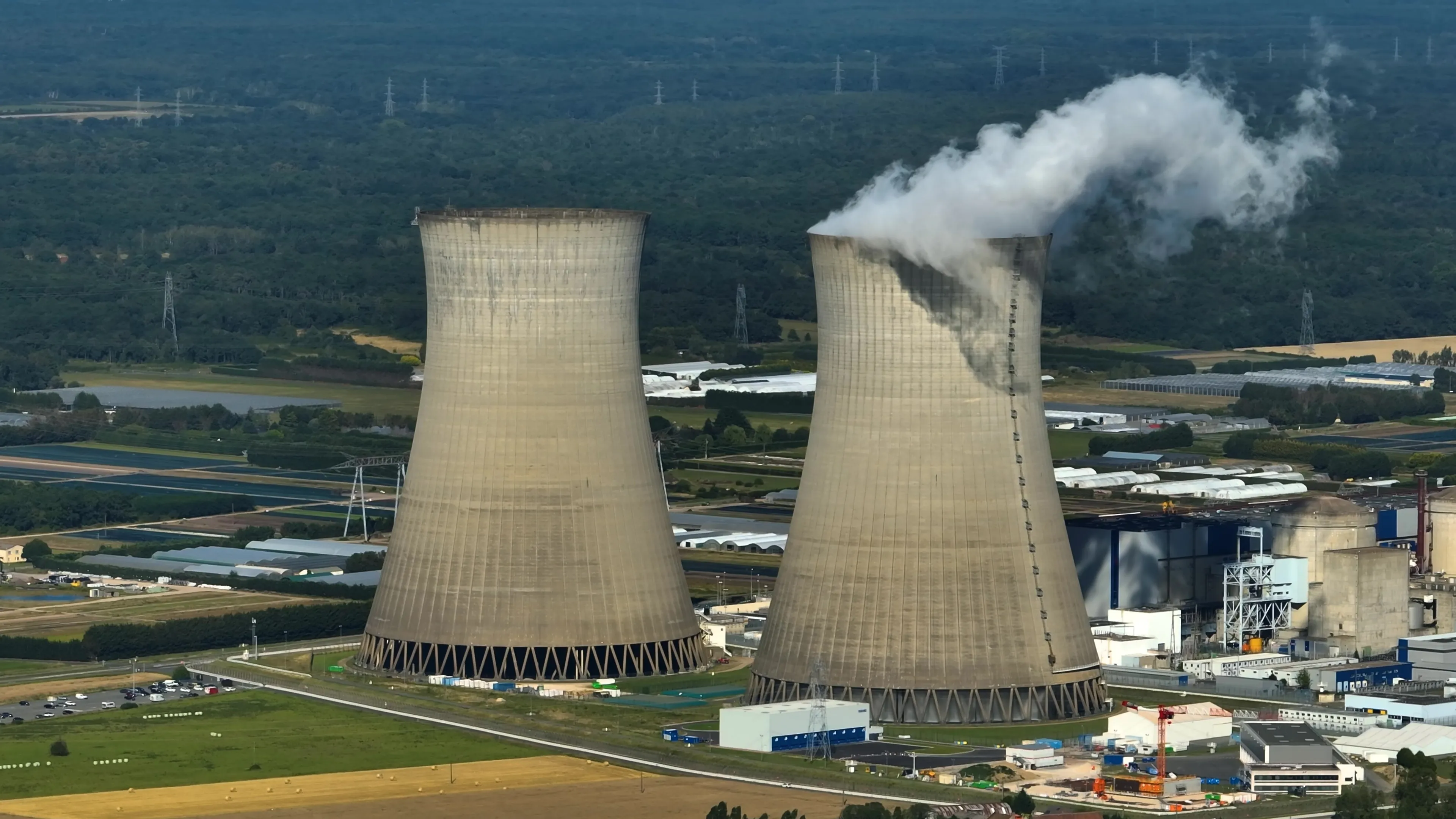
Russia’s state nuclear corporation Rosatom has grown far beyond its roots in energy, emerging as a major force in global nuclear medicine. Its radiation-based technologies now power diagnostics and treatments in over 50 countries.
From Reactors to Radiopharmaceuticals
Rosatom’s nuclear medicine strategy centers on radiopharmaceutical production for diagnosing and treating complex conditions, including cancers and thyroid disorders. At its facility in Obninsk, the company manufactures critical isotopes such as molybdenum-99, technetium-99m, iodine-131, and samarium-153.
Production is conducted under Good Manufacturing Practice (GMP) standards, ensuring safety and consistency. These radiopharmaceuticals support high-precision imaging techniques like PET and provide therapeutic options that improve patient outcomes and quality of life.
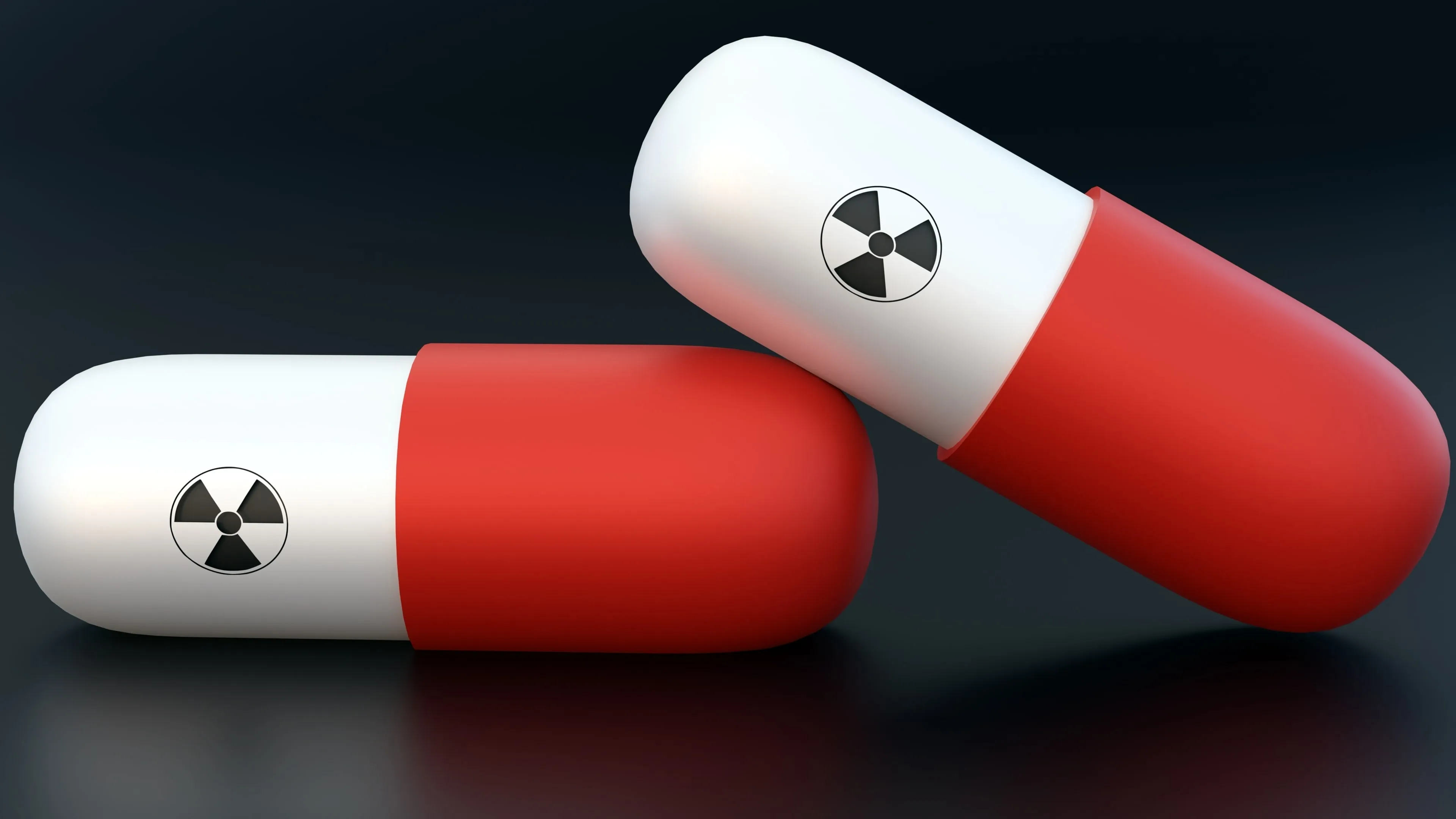
Export Growth and Market Reach
Radiopharmaceuticals and related medical technologies have become a significant component of Rosatom’s export portfolio. In 2023, medical exports grew by 15%, with deliveries to over 50 countries, including Turkey, Bangladesh, and several in Latin America.
Rosatom’s total international contract portfolio now exceeds $200 billion, with $18 billion in export revenues—an increasing share of which is tied to healthcare technology. This underscores the global demand for reliable, affordable medical isotopes and diagnostics infrastructure.
Integrated Solutions and Infrastructure
Beyond supplying isotopes, Rosatom delivers end-to-end nuclear medicine ecosystems: constructing PET centers, training medical personnel, and offering operational support. These initiatives were showcased at the 2024 BRICS Nuclear Medicine Forum in St. Petersburg.
Examples include: a PET center in Bolivia equipped with a cyclotron to produce isotopes like fluorine-18 and iodine-123; a radiopharmaceutical plant in Obninsk focused on molybdenum-99 and iodine-131; innovative devices such as iodine-125 micro sources and bioprinters; and a diagnostic oncology center in Nicaragua.
Subsidiaries like Rosatom Health Technologies and Rusatom Overseas coordinate these projects from production to operation. Their integration with Rosatom’s broader nuclear power projects—such as in Turkey and Bangladesh—accelerates medical infrastructure development in parallel with energy projects.
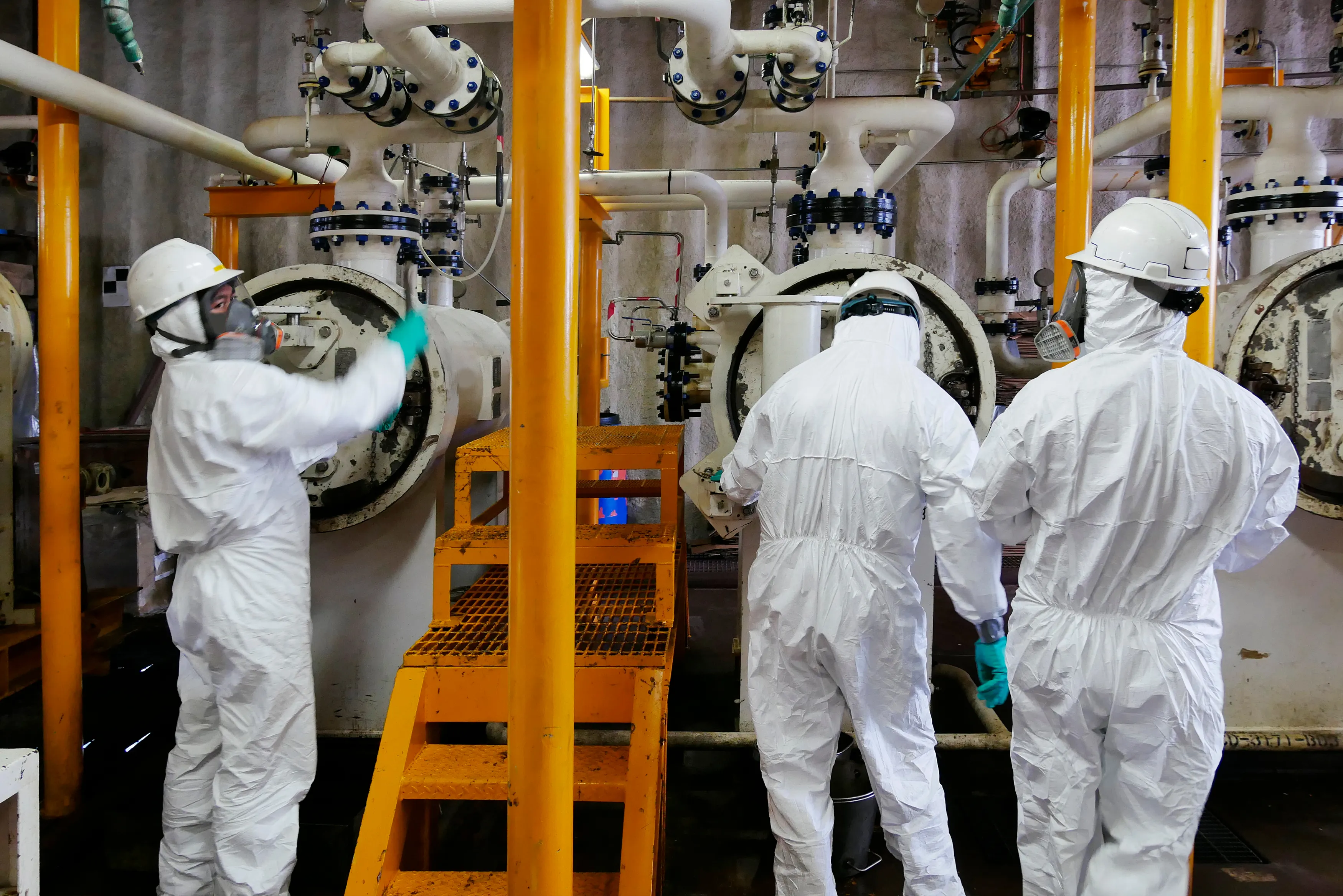
The Role of Digital in Global Health Expansion
Digital technology underpins Rosatom’s healthcare operations. Data analytics, logistics software, and manufacturing control systems ensure efficient, uninterrupted function of PET centers. This digital backbone adds value for partner countries aiming to build sovereign healthcare capacity.
Rosatom is increasingly viewed as a medical technology supplier, not just a nuclear company. Its bundled offerings—products, infrastructure, training, and digital tools—enable emerging economies to adopt cutting-edge cancer diagnostics and treatment at scale.
By helping countries develop localized, tech-enabled medical ecosystems, Russia is expanding its global influence and turning nuclear innovation into a long-term public health asset.








